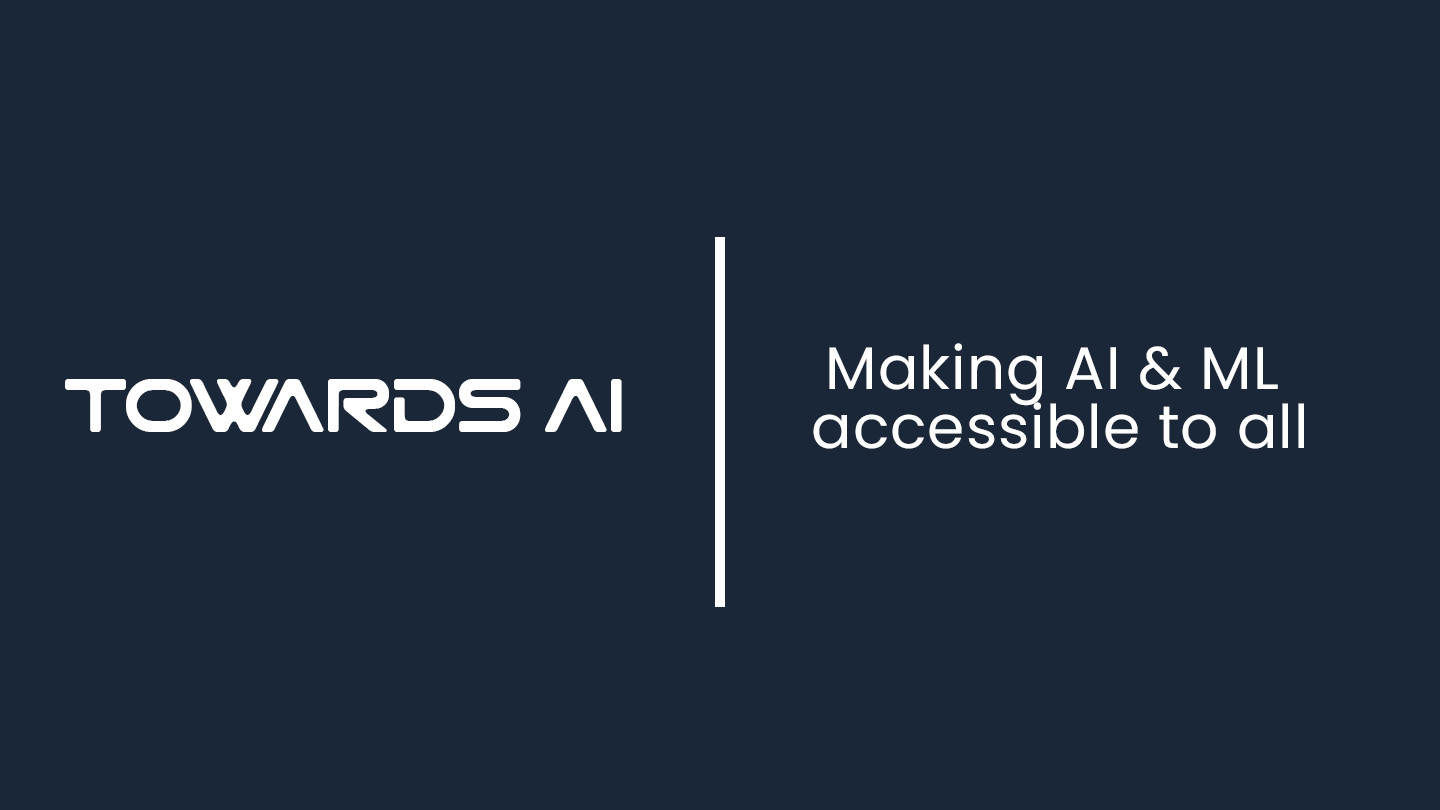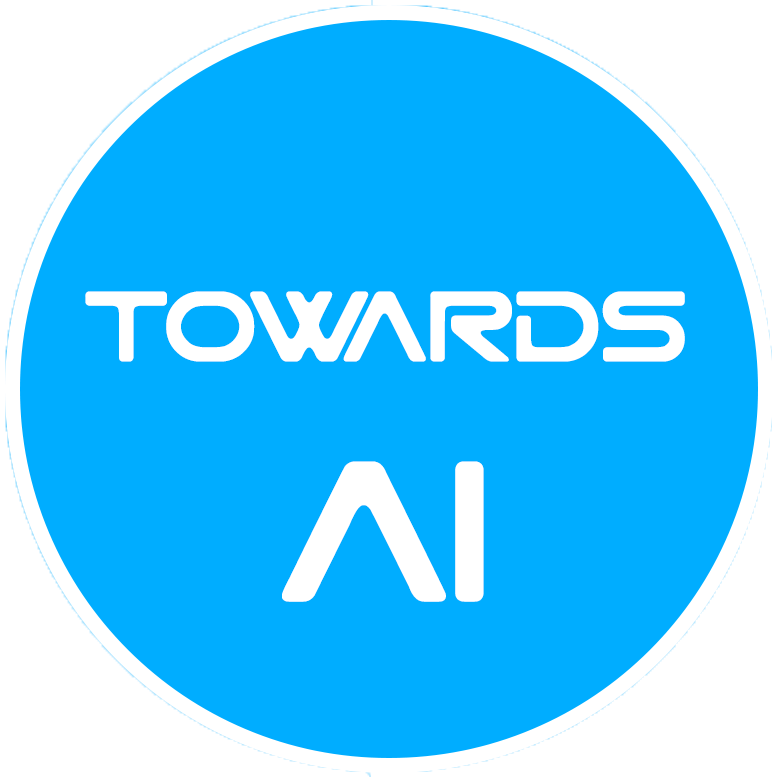
Empowering Human Feedback in Reinforcement Learning
Last Updated on July 17, 2023 by Editorial Team
Author(s): Anay Dongre
Originally published on Towards AI.
In a world where artificial intelligence is rapidly advancing, the development of machine learning algorithms that can learn from human feedback has become increasingly important. One such algorithm that is making waves in the field of reinforcement learning is RLHF, or Reinforcement Learning with Human Feedback. This algorithm not only has the ability to learn from its own experiences, but also from direct feedback from human users. With RLHF, the possibilities for advancing machine learning and creating more human-like AI are endless.
Introduction
Reinforcement learning (RL) is a type of machine learning that involves an agent learning to perform a task by interacting with an environment and receiving feedback in the form of rewards. RL algorithms have shown great success in a variety of applications, including game playing, robotics, and natural language processing. However, in many real-world scenarios, obtaining reliable reward signals can be challenging, making it difficult to apply RL techniques. One approach to addressing this issue is to incorporate human feedback into the learning process. This is the basis of RLHF: Reinforcement Learning with Human Feedback.
Background
In traditional RL, the agent receives a reward signal from the environment based on its actions. The goal of the agent is to learn a policy that maximizes its expected cumulative reward over time. However, in many real-world scenarios, obtaining reliable reward signals can be difficult or expensive. For example, in healthcare, it may not be feasible to provide patients with immediate feedback on the efficacy of a treatment. In these cases, incorporating human feedback into the learning process can help to overcome the challenges associated with obtaining reliable rewards.
RLHF is an approach to incorporating human feedback into the learning process. The goal of RLHF is to enable agents to learn from a combination of human feedback and environmental rewards. This approach allows agents to learn more quickly and effectively by leveraging the expertise of human evaluators.
Algorithm
RLHF involves two main components: an RL algorithm and a human feedback interface. The RL algorithm is responsible for learning the task based on both the environment and the feedback provided by human evaluators. The human feedback interface enables human evaluators to provide feedback to the agent during the learning process.
One approach to RLHF is to use a variant of the Q-learning algorithm, which is a popular RL algorithm that learns an optimal action-value function. In RLHF, the Q-learning algorithm is modified to incorporate human feedback. Specifically, the Q-values are updated based on both the environmental rewards and the human feedback. This allows the agent to learn from a combination of environmental rewards and human feedback, improving the learning process.
Architecture
The architecture of RLHF typically involves three main components: the environment, the RL algorithm, and the human feedback interface. The environment is the task or problem that the agent is trying to learn. The RL algorithm is responsible for learning the optimal policy based on both the environment and the human feedback. The human feedback interface enables human evaluators to provide feedback to the agent during the learning process.
The RL algorithm typically involves a neural network that learns to map the state of the environment to the optimal action. The human feedback is incorporated into the learning process by updating the Q-values of the action-value function. The human feedback interface can take many forms, such as a web-based interface that allows human evaluators to provide feedback on the agent’s performance.
Applications
RLHF has a wide range of potential applications, particularly in scenarios where obtaining reliable reward signals is challenging. One application is in healthcare, where RLHF could be used to optimize treatment plans based on patient feedback. Another application is in education, where RLHF could be used to develop personalized learning programs based on student feedback.
RLHF also has potential applications in game playing and robotics. In game playing, RLHF could be used to develop agents that learn from both environmental rewards and feedback from human players, improving their ability to play the game. In robotics, RLHF could be used to train robots to perform complex tasks based on both environmental rewards and feedback from human operators.
Conclusion
In conclusion, Reinforcement Learning with Human Feedback (RLHF) is a promising approach to improve the performance of reinforcement learning systems in real-world scenarios where it may be difficult to obtain accurate reward signals. By leveraging human feedback, RLHF can help overcome some of the limitations of traditional reinforcement learning approaches and enable more efficient learning in complex environments. While there are still some challenges to be addressed, such as the need for efficient feedback mechanisms and the potential biases introduced by human feedback, RLHF has shown great potential in various applications such as robotics, gaming, and education.
As the field of reinforcement learning continues to evolve, RLHF is likely to become an increasingly important tool for improving the performance and usability of reinforcement learning systems in a wide range of applications. The development of more efficient feedback mechanisms, as well as the integration of other advanced techniques such as deep learning, is likely to further enhance the capabilities of RLHF and enable even more sophisticated applications. Ultimately, RLHF has the potential to revolutionize the way we approach reinforcement learning and enable more efficient and effective learning in complex environments.
References
- Hester, T., Stone, P., & editors. (2013). An adaptive dialogue game framework for reinforcement learning agents. In Proceedings of the 2013 International Conference on Autonomous Agents and Multi-agent Systems (pp. 81–88).
- Searle, J. R. (1980). Minds, brains, and programs. Behavioral and brain sciences, 3(3), 417–424.
- Kober, J., Bagnell, J. A., & Peters, J. (2013). Reinforcement learning in robotics: A survey. The International Journal of Robotics Research, 32(11), 1238–1274.
- Chang, M., & Zhang, L. (2020). RLHF: Reinforcement learning with human feedback. arXiv preprint arXiv:2008.12650.
- Mnih, V., Kavukcuoglu, K., Silver, D., Rusu, A. A., Veness, J., Bellemare, M. G., … & Petersen, S. (2015). Human-level control through deep reinforcement learning. Nature, 518(7540), 529–533.
Join thousands of data leaders on the AI newsletter. Join over 80,000 subscribers and keep up to date with the latest developments in AI. From research to projects and ideas. If you are building an AI startup, an AI-related product, or a service, we invite you to consider becoming a sponsor.
Published via Towards AI












